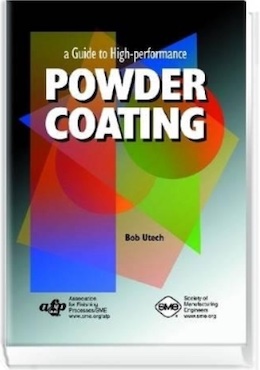
-----
Powder coating pigment problems
Hello;
I have a powder coating pigment question.
Is it true that "yellow" is the most difficult color to powder coat?
My supplier (powder coater) is telling me that this is the most difficut, because if the pigment is too low, you get inadequate coverage, and if the pigment is too heavy, you get "orange peel".
buyer - Lakeville, Minnesota
March 11, 2008
First of two simultaneous responses --
Its my experience that if trouble is analysed by colour, then yellow is the most difficult.
Thats not to say yellow is impossible, just that more problems occur with yellow than other colours. Lack of opacity can be a problem.
Using TGIC containing powders can help reduce problems, but we've taken the decision not to use them.

Geoff Crowley
Crithwood Ltd.
Westfield, Scotland, UK

March 13, 2008
Second of two simultaneous responses --
Hi,
What I think he means is that the 'opacity' of the latest yellow powders are not as good as other colours or the older types of yellow and therefore are more difficult to apply. In Europe, the powder mf has imposed a self regulated ban on powder colours based upon chrome based pigments (Because of the H & S issues). However, as with all technologies, new pigments are on offer that are compliant and impart reasonable opacity to the coating. You will experience the same poor opacity with reds.
Birmingham, United Kingdom
March 13, 2008
I agree that other colors can also have opacity issues. Usually you can get some idea when looking at the manufacturers "spec"sheet and specific gravity. Orange peel in itself is not due to opacity. It can be the result from too much powder application or can be inherent in the powder chemistry itself. The only way to really tell is to try other chemistries and varying mil thicknesses.
If you can try other powder manufacturers in order to "try" another powder, that's what I would do. Some companies just have better performance or cosmetics than other companies. In my opinion, you need to try others.
When you start testing new companies, make test panels at .05mil,
.10mil, .15mil and so on until you see the proper coverage or util you see orange peel. Again, you should generally use what the powder coating manufacturer spec sheet implies you to use. Changing the powder chemistry may also help.
 Bob Utech Benson, Minnesota |
 Ed. note: Bob is the author of: "High Performance powder Coating" on eBay or AbeBooks or Amazon [affil link] |
Q, A, or Comment on THIS thread -or- Start a NEW Thread